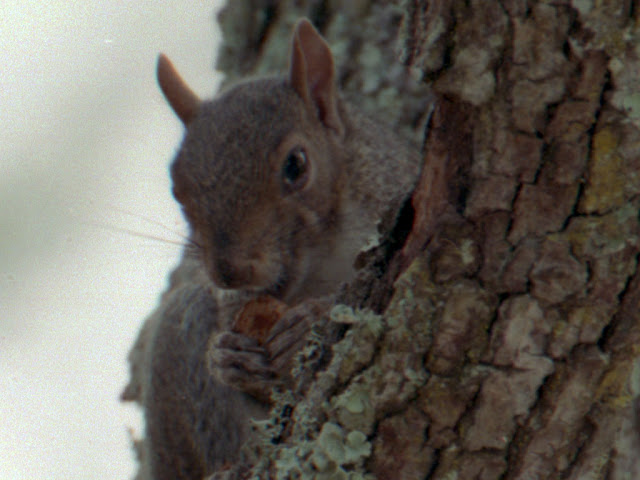- Joined
- Jun 9, 2013
- Messages
- 20,746
- Reaction score
- 13,000
- Can others edit my Photos
- Photos NOT OK to edit
- Moderator 🛠️
- #16
I'll be honest, I read about my camera, but I haven't read a thing about film information... I'd be lying if I didn't say I just thought film was film.
I agree that you should keep it simple at first until you get the hang of things and are more comfortable experimenting. I'd also stick to color negative film for the moment, since slide film is more sensitive to mistakes (you really have to get it right to get a good exposure) and it's also a less common developing process.
The difference in a nutshell:
Black and white:
Exactly what it says. Monochrome. The image on the film is a negative of the image you see on the print (Black and white film types and brands for 35mm and medium format film photography Guide to Film Photography Most common films are Kodak Tri-X (ISO 400) which has been around for decades. There is also Kodak Tmax (comes in ISO 100 and 400). It has slightly different characteristics (finer grain, e.g.). There are more choices from the company Ilford. For slow speeds (good for bright conditions) there is Pan F (ISO 50), FP4 (ISO 100), and for faster speeds, there's HP5 (ISO 400). Ilford also makes a line called Delta that comes in a range of ISO speeds.
Color:
Color negative is the most common. Again, the image on the film is the reverse of what you'd see in a print (Color print film and negative film for 35mm and medium format film photography Guide to Film Photography There are Kodak films - the Gold Series (ISO 200 or 400), Portra (ISO 160 and 400) and Ektar (ISO 400). There's another line but I can't remember the name. Fuji also makes the Superia color negative films, and Agfa Vista is another option.
Color positive, or slide film, is called such because it the image on the film is a positive - meaning the colors and the orientation are the same as what you'd see in a print (Color reversal film and slide film for 35mm and medium format film photography Guide to Film Photography I know less about the individual kinds because I don't shoot it, but the link will provide some examples. As I said, it's much more sensitive than negative film and is more difficult to get a good exposure. When you get it right, the colors can be amazing. The trick is to get it right, though
I'd look for film online - it'll be cheaper than buying it in a store.
B H Photo Video Digital Cameras Photography Camcorders
Photography Digital Cameras Lenses Electronics - 8PM Shipping - Adorama Camera
Home Freestyle Photographic Supplies
Even Amazon has film: Amazon.com 35mm film
What I want to add to all the advice you've already been given (most of which I agree with) is to not get too nervous. It's just a picture! There is more film, there are more chances. Some people feel like they have to already know so much to even take that first shot on film - it seems more serious somehow than taking a digital photo. And of course, it can't be denied that mistakes are more costly on film than on digital, but this just means you're more motivated to learn more quickly, and thus the learning curve will be steep.
But just have fun and don't be afraid to press the shutter even if you're not sure it's right or not. And don't get too bummed out if your first few rolls aren't that great. Even after you've been shooting for years, you'll still have rolls of film that aren't that great. If I get a handful of keepers from each roll, then I'm happy. And a lot of times, the picture will be perfectly fine, but just not really what I envisioned. You'll get there.
Finally, be prepared to make at least one bonehead mistake in the first few weeks. Again, don't get too bummed out about it, either. It happens to everyone. Nature of the beast. It's pretty much a rite of passage, in fact
Did I say have fun? Yeah, have fun!










![[No title]](/data/xfmg/thumbnail/35/35869-2e4166624c383d0d2dec81e5b0f6e5dd.jpg?1734167593)



![[No title]](/data/xfmg/thumbnail/39/39193-6ebc8ca9478a68b5fe2120c2163f40d3.jpg?1734173069)


![[No title]](/data/xfmg/thumbnail/35/35870-e324e80cd11d99176357e12cd2ba3b8a.jpg?1734167596)